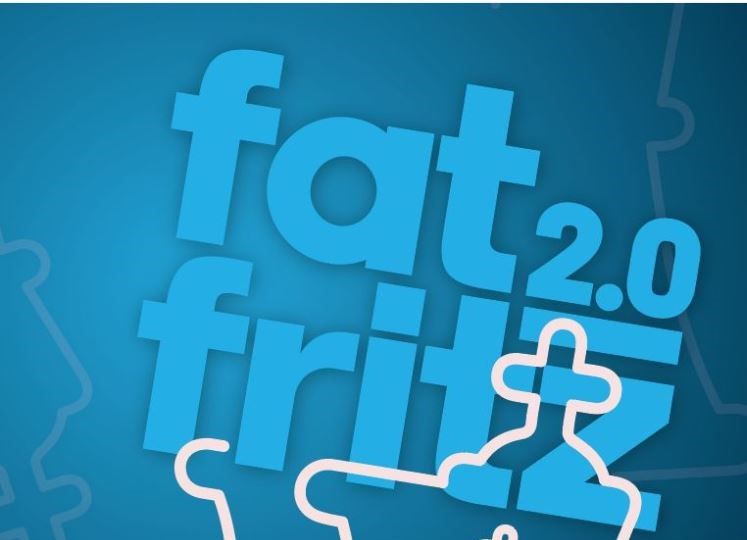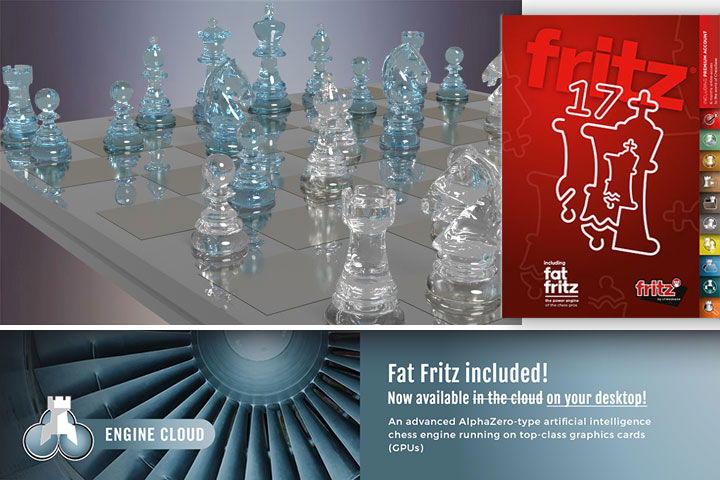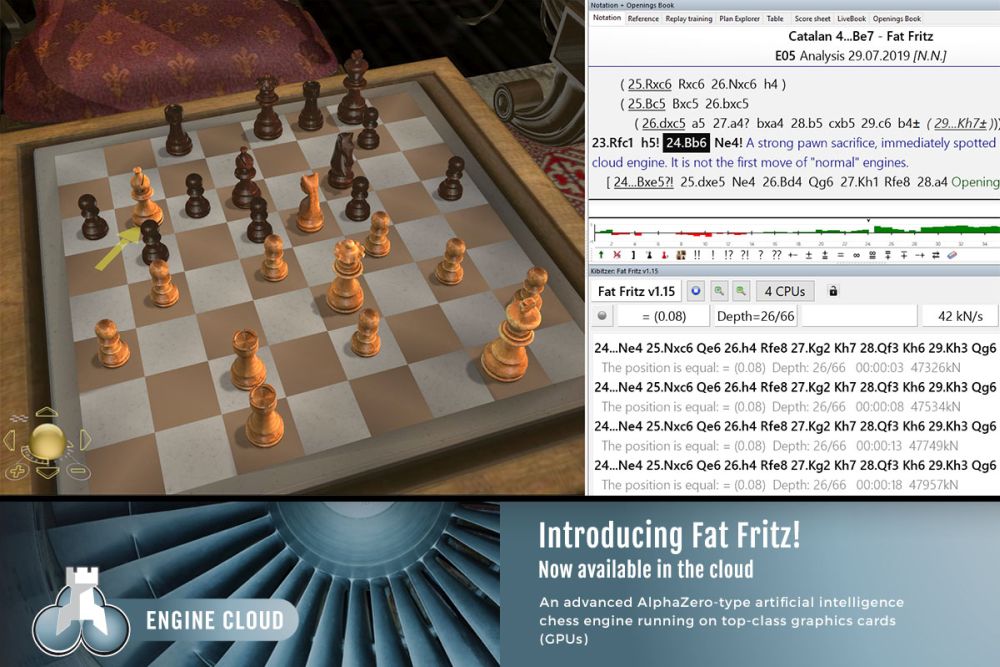Fat Fritz: Small differences, big effect
Sometimes seemingly innocuous questions can lead to the most interesting discoveries, and such was the case after deep analysis by ChessBase 15's “Tactical Analysis” with Fat Fritz on one of the best games from the World Cup. The positional masterpiece played by Nikita Vitiugov over Wesley So was compared to Karpov at his best. While the analysis was without question excellent, it was what was not explained that led to fascinating explorations and beautiful moves. Fat Fritz can unveil things which has not been revealed by other engines. Photo: Kirill Merkuryev / FIDE
A tiny change makes a big Fat (Fritz) difference
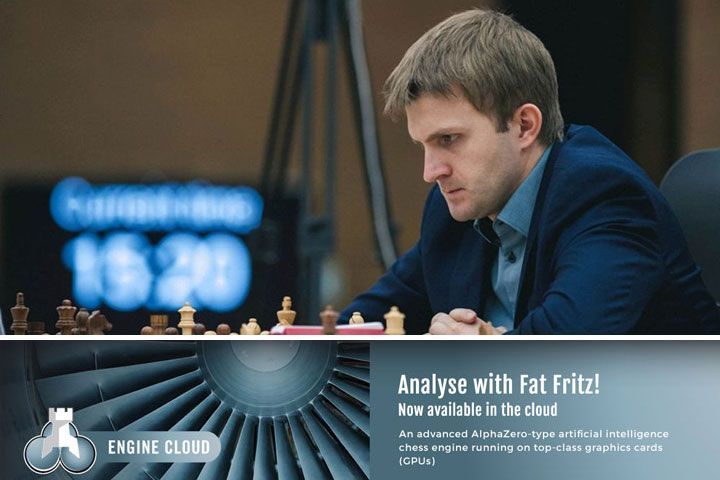
In some games, such as the spectacular win by Jan-Krysztof Duda over American wunderkind Jeffery Xiong, the correct moves are fairly well-defined and, as a result, both engines Stockfish 10 and Fat Fritz produced similar analysis, noting where the mistakes were and the correct way to proceed. Although the game was undoubtedly one of the most impressive from the World Cup, it did not yield any unusual revelations.
On the other hand, a far more complex positional struggle like the epic battle between Nikita Vitiugov and Wesley So unearthed many pearls just waiting to be discovered. A warm thanks to GM Karsten Mueller for flagging this game for an article.
Because of the strongly positional nature of the game, it is sometimes hard to know what is really a matter of the best move, and what is more a question of taste or style.
A key moment that stood out was at move 27, when not only did Stockfish and Fat Fritz completely disagree on the correct continuation, but the suggestion by Fat Fritz seemed to defy logic. See for yourself below:
Vitiugov - So, FIDE World Cup 2019, Round 4.1
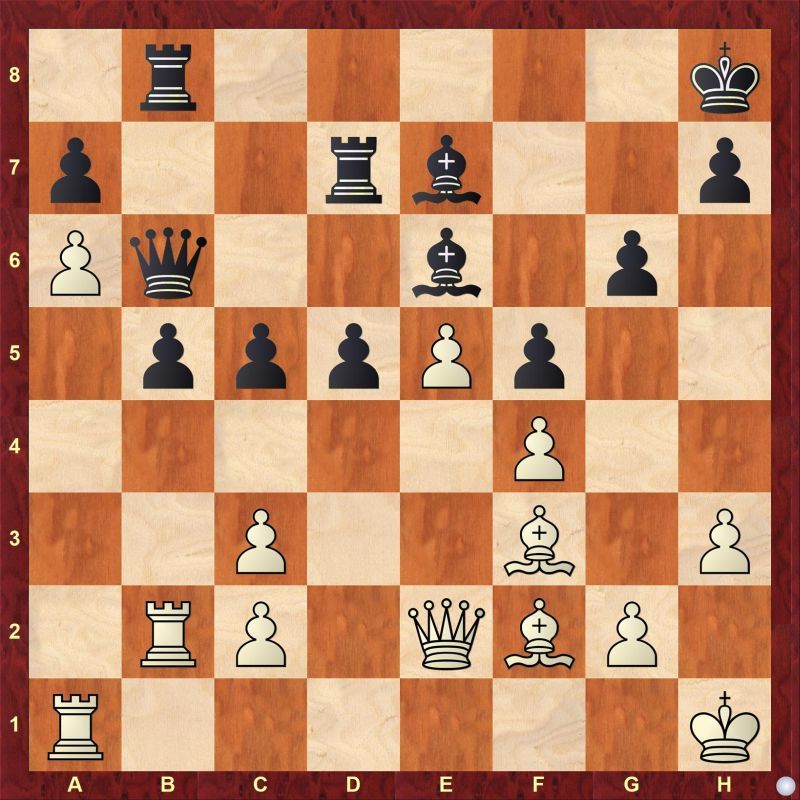
In this position Vitiugov played 27.Qf1, a move that Stockfish wholeheartedly agrees with.
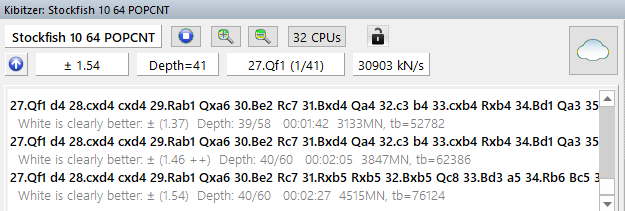
His idea is clear: he plans to interpose Be2, and pile on the pressure on the b5 pawn. Seems logical enough. The problem is that Fat Fritz thinks the move leads to +1.90, while its choice of 27. Kh2 leads to +3.50! That is no small difference.
You might now be expecting a tale of how Stockfish was wrong here and Fat Fritz was right, but not so. For one thing, as is readily admitted, counter examples no doubt abound, and suffice it to say, yes, after hours of analysis with Stockfish 10 chugging along at 30 million nodes per second as it tried to defend Black, Fat Fritz proved it was able to win with its choice.
Still, it was in one of those lines with a few beautiful continuations that some of the explanations for its mysterious choice came to the surface. It was a lesson in how a small difference can lead to dramatic results.
Let us first look at Fat Fritz's recommended move and the pertinent lines, and then we will examine the move actually played and the continuation that Fat Fritz recommended as So’s best reply. In both examples you will see one beautiful move that actually occurs, but followed by a difference:
Analysis of 27.Qf1 d4!
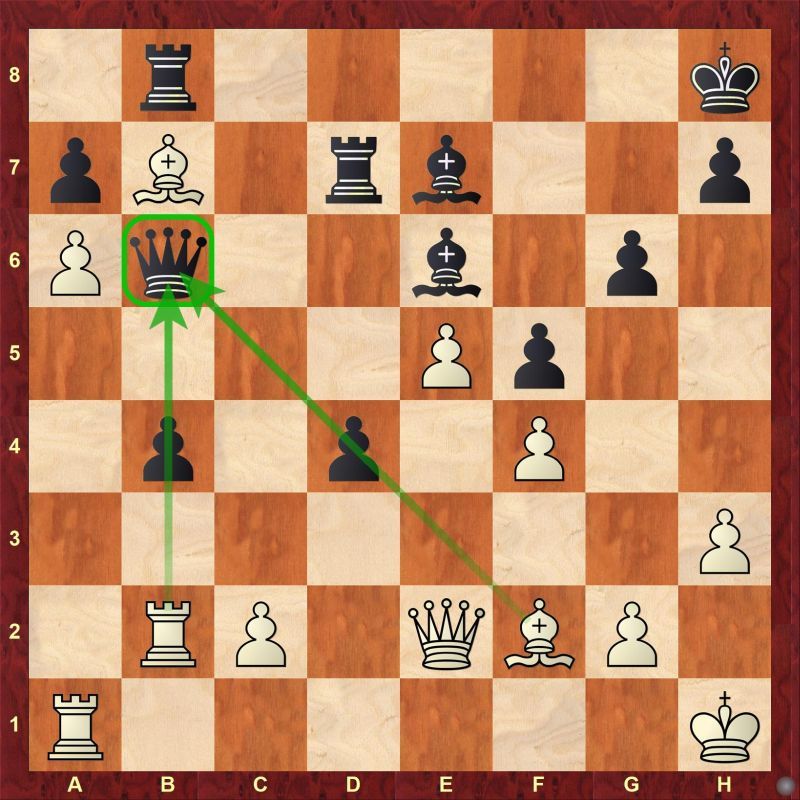
That is just a preview though. See the full line in the game viewer below. Pay attention to the curious line in which a failed Qc6 is brought up. It will be shown again after, and the second time with an enormous difference.
This time we look at the same line, almost, except 27.Qf1 has been played instead and the queen is no longer on e2. Watch what a difference it makes!
While the point of the main lines might seem to be far deeper than any subtlety you would encounter in your own games, remember the next time you are studying a position that small differences can sometimes have powerful consequences.
About the Author

Born in the US, he grew up in Paris, France, where he completed his Baccalaureat, and after college moved to Rio de Janeiro, Brazil. He had a peak rating of 2240 FIDE, and was a key designer of Chess Assistant 6. In 2010 he joined the ChessBase family as an editor and writer at ChessBase News. He is also a passionate photographer with work appearing in numerous publications.


